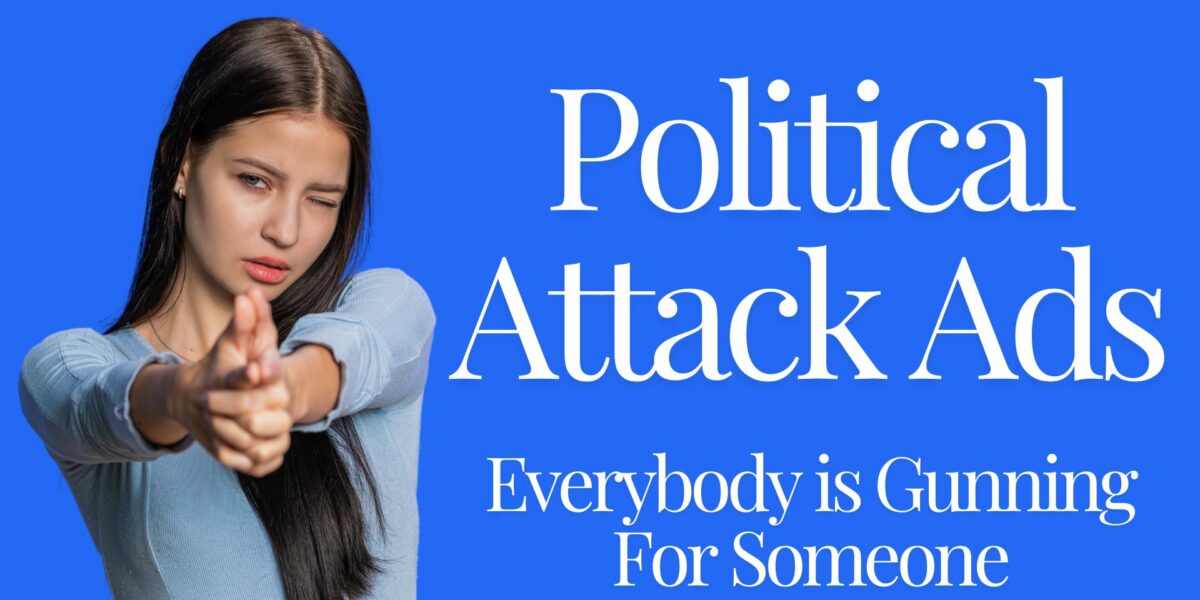Taglines can be quite effective for your company or non-profit. They help you stand out from competitors. Often they are more memorable than the brand’s name but they can increase brand awareness and recognition. Taglines position you, helping the audience understand how or what they should think about your organization or express a benefit about its products or services.
According to Eric Stephen Swartz, aka The Tagline Guru, “Taglines work their magic on a variety of levels…they can embrace your company’s mission, purpose, benefit, or competitive advantage (Works like a dream – Ambien; Built for the road ahead – Ford; Medicine with muscle – Motrin).
“Taglines can also convey the essentials of brand character, revealing your core values and the consistent qualities expected from your brand. Finally, taglines can focus on your audience’s deeply-cherished needs and aspirations, promising personal fulfillment or the attainment of a desired goal or outcome (Will you be ready? – Cialis; Don’t dream it. Drive it. – Jaguar; It’s everywhere you want to be– VISA).
“Effective taglines work beneath the surface like a mantra, gently nudging feelings and reinforcing opinions every time competing brands are weighed, measured, tested, and compared.” Ask a consumer what they think of a favorite product and they will often reply with the tagline from that product.
THE TAGLINE TEST
One of my tests to determine if it’s a good tagline is simple: A good tagline should also be a good headline. You should be able to switch its location from below the logo to above the logo and use it as a headline on a billboard or ad if you want to.
Taglines are not just for national companies and products. We’ve had lots of success using them locally. You may have seen or heard “The Power of Care” (Meridian HealthCare), “Help Is Here” (Help Network of NEO), “I Love My Library” (The Public Library), and “Giving the Valley a Lift” (WRTA). Industrial firms use them also, i.e., “Built for You, Built to Last” (CBC Global).
As Swartz says, “ Of course, the best thing about taglines is that they’re not written in stone. They can be easily refreshed when internal and external pressures require a branding makeover.
THE END OF THE (TAG) LINE
According to Jake Hancock, writing in Adweek, “Like diamonds, taglines’ impact can be forever. However, there’s a shift in the ways they’re being used. Looking at advertising alone, the use of taglines would seem to be in decline.
Kantar research reports that 66% of TV ads end with one, down from 74% 10 years ago. And the number is lower (52%) when considering digital or out-of-home advertising.
There are a few reasons to explain this shift, including smaller, shorter ad units; shorter attention spans; less space to physically contain a line; and a move toward more tailored content instead of a one-size-fits-all message.”
However, the few firms that have cut back on using taglines are still building their messages around their taglines.











Comment